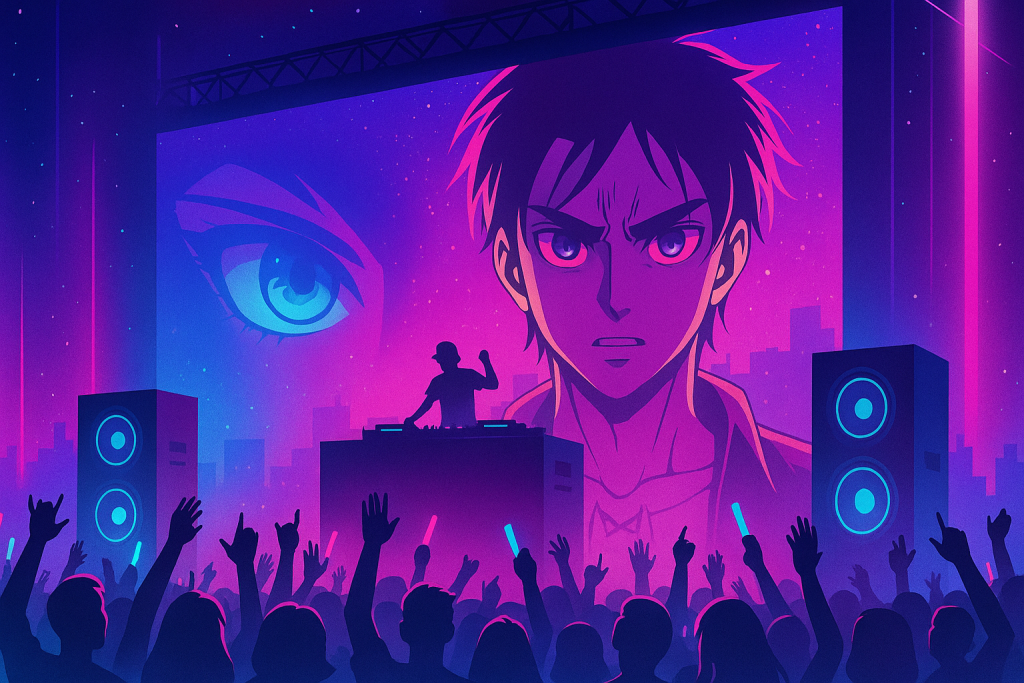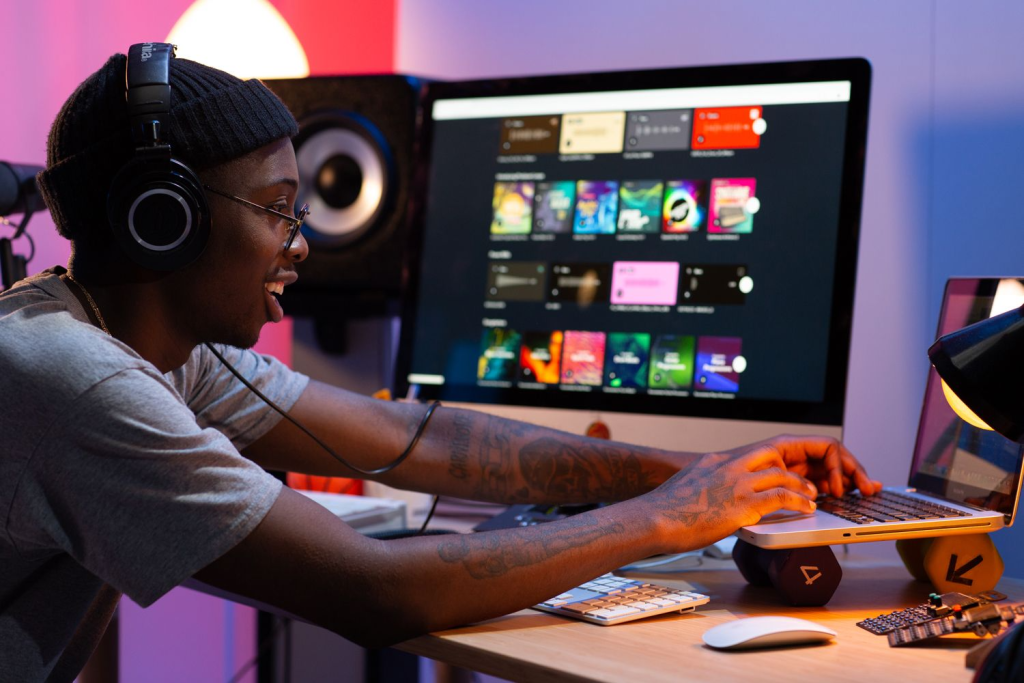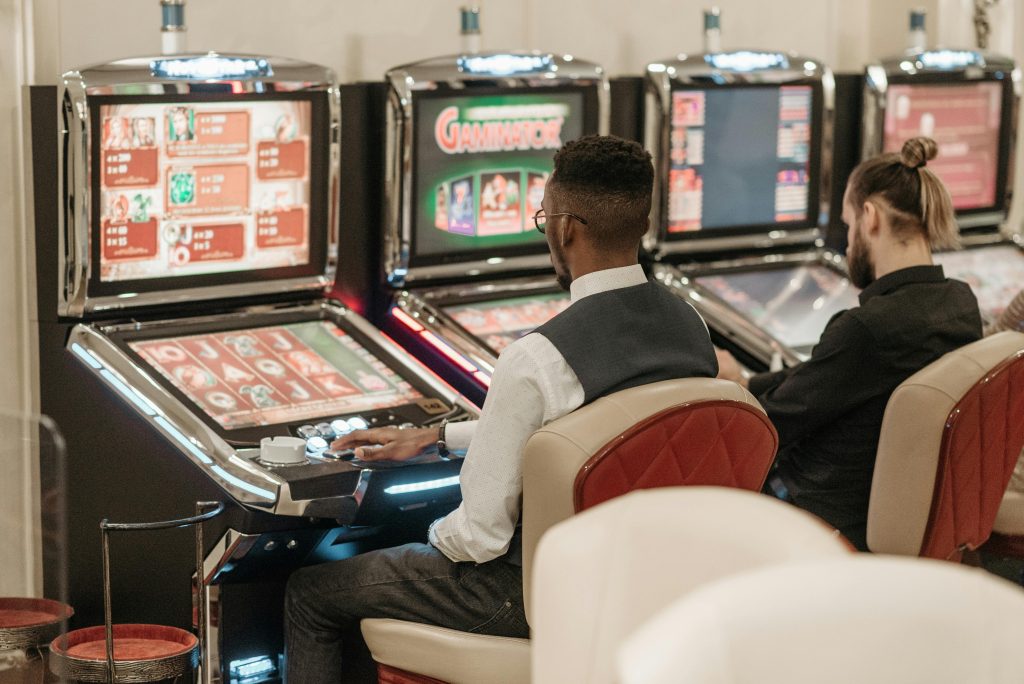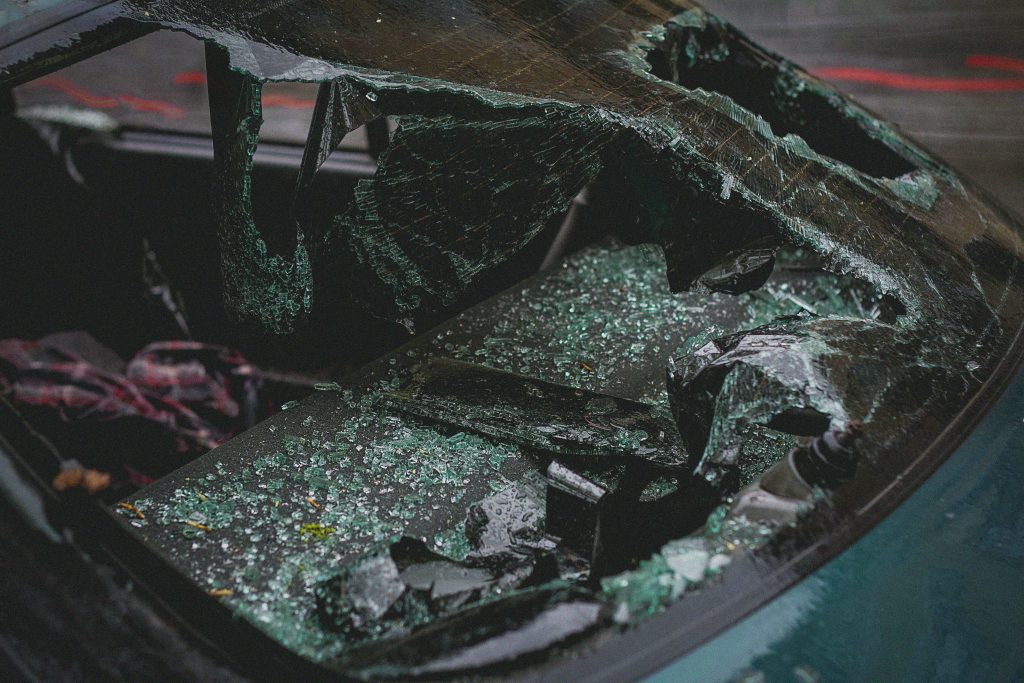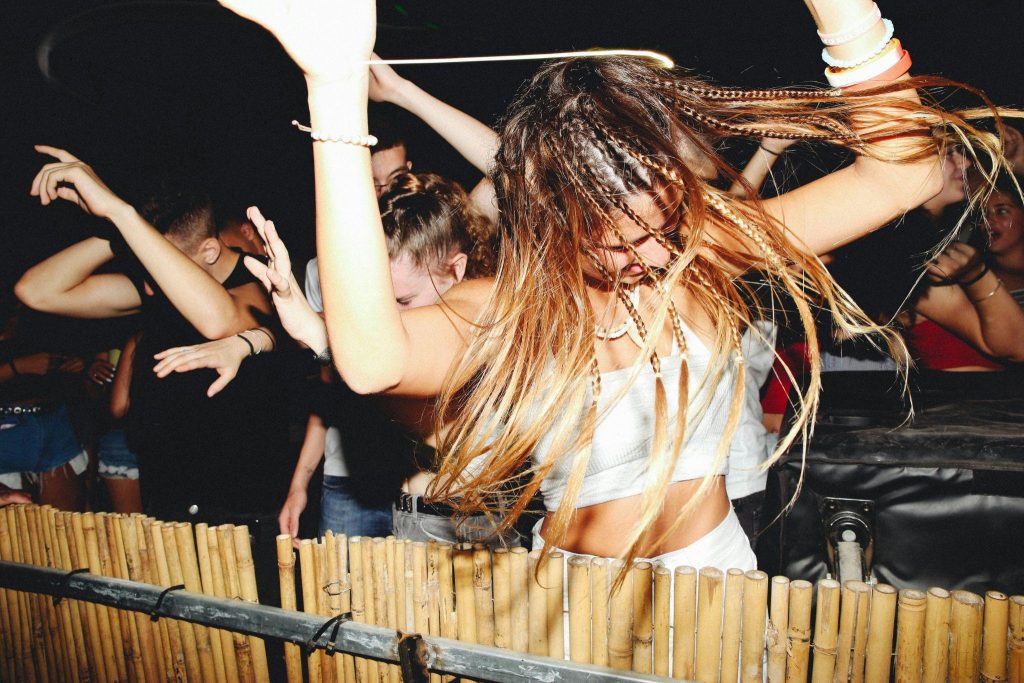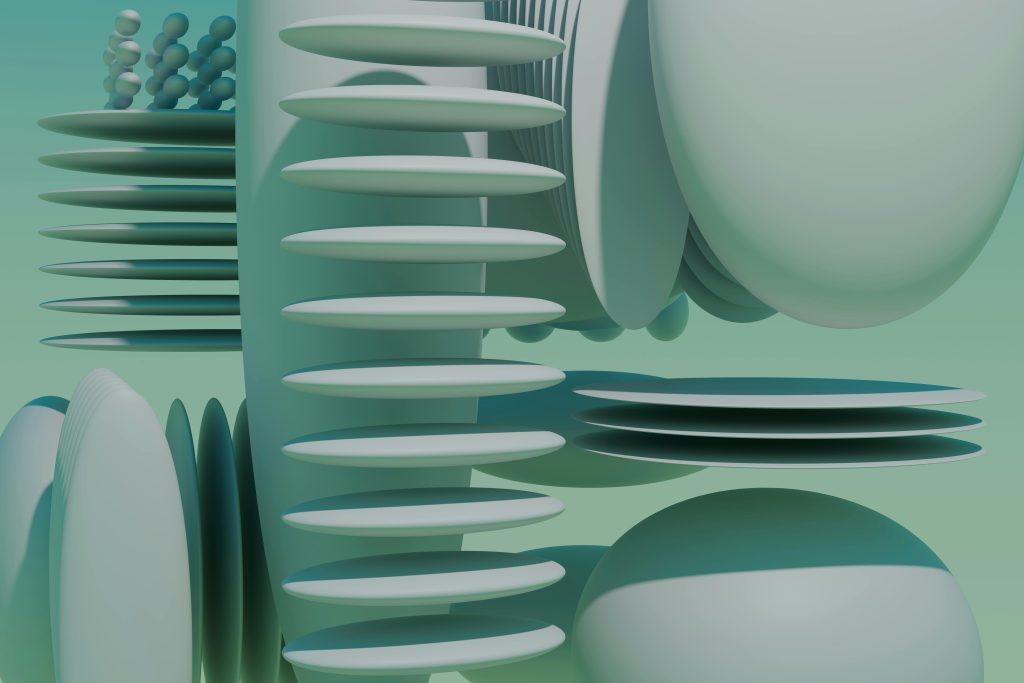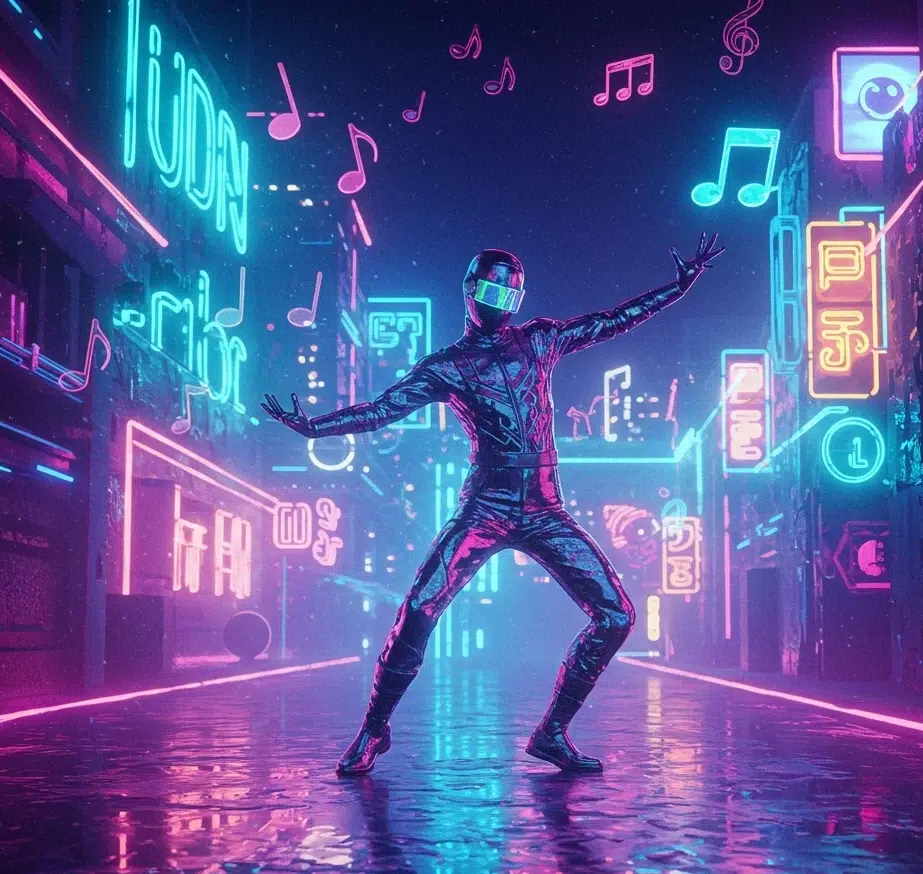You’re at a gig. The lights dim, the beat drops—and a giant anime face flashes across the screen.
That’s not just some quirky edit. It’s the new reality where pop music and anime are colliding in the most unexpected ways. From chart-topping tracks inspired by Attack on Titan to artists repping anime drip on stage, we’re witnessing a cultural remix.
In this piece, we break down how anime heroes are becoming just as iconic as stage legends. From visual crossovers to streaming access (and why some fans turn to VPNs), this is your guide to the pop culture transformation happening right now.
Stage Legends: The Blueprint of Pop Culture
From Freddie Mercury’s stadium-shaking charisma to Beyoncé’s genre-bending dominance, stage icons have long dictated the cultural zeitgeist. They didn’t just sell records—they sold identities, aesthetics, and ideologies.
Pop stars of the 2000s and 2010s weren’t just musicians. They were living memes, fashion lines, and global brands rolled into one. Their presence shaped what we wore, how we talked, and even how we thought.
But the influence of pop stars hasn’t disappeared—it’s evolved. And part of that evolution is coming from somewhere few would have expected 10 years ago: anime.
Anime x Music: The Cultural Crossfade
Musicians haven’t just noticed anime’s rise—they’ve embraced it.
Artists across genres are weaving anime into their lyrics, visuals, and personal brands. Lil Uzi Vert has cosplayed as Goku. Megan Thee Stallion rocked Naruto nails at festivals. Doja Cat’s “Paint the Town Red” visuals drew clear aesthetic inspiration from Death Note’s surreal art style.
Beyond fashion and performance, the sound of anime is bleeding into mainstream music too. Japanese composers like Hiroyuki Sawano (AOT, Kill la Kill) have massive Spotify followings, with Western fans raving over his orchestral battle themes like they would a Hans Zimmer score.
Entire anime soundtracks have gone viral—Tokyo Ghoul’s “Unravel” and Demon Slayer’s “Gurenge” have topped streaming charts. Fans no longer skip intros—they stream them. And musicians? They’re paying attention.
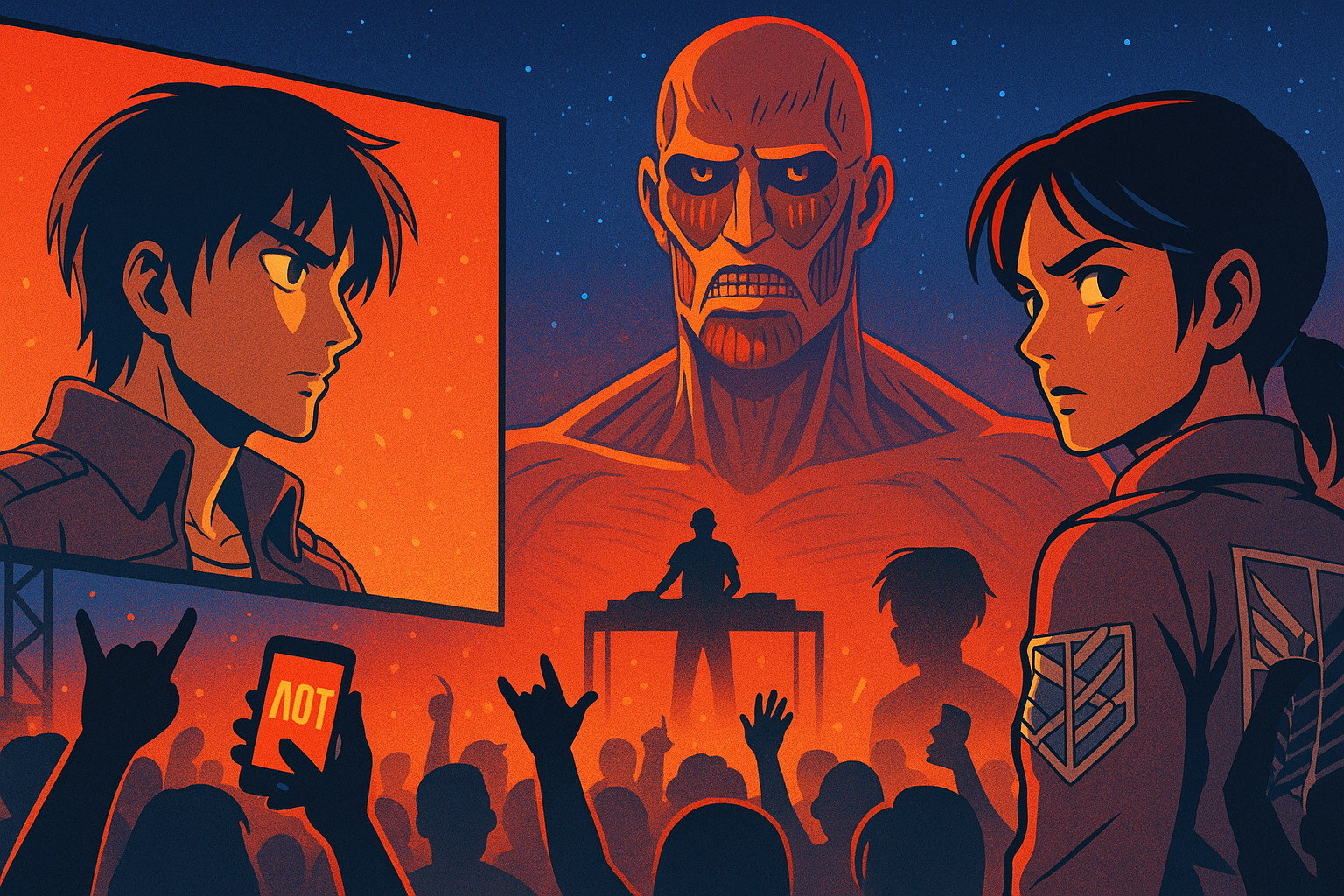
Anime Steps Into the Spotlight— Include Where to Watch AOT!
The rise of anime from niche subculture to global juggernaut didn’t happen overnight. But over the last decade, anime’s influence has exploded, redefining what it means to be a cultural icon.
Attack on Titan is one of the clearest examples. What started as a manga with grim storytelling and complex world-building has grown into a global franchise that rivals the reach of major Western properties. With its final season airing and fans obsessively rewatching every twist, AOT has become a common thread in meme culture, cosplay, TikTok edits, and even music videos.
💡 If you’re just getting into the series—or want to catch up from the beginning—you can explore your options for where to watch AOT, including platforms that might need a region unlock.
AOT’s main character, Eren Yeager, is referenced in Twitter beefs, tattooed on fans’ arms, and used in protest memes. Sound familiar? That’s icon behavior.
Streaming Without Borders: Why VPNs Matter to Fans
As anime becomes more global, so do the barriers that come with it. Depending on where you live, your access to full series like Attack on Titan can vary wildly.
Some platforms offer just the first season. Others stagger releases. And in some regions, key anime titles are blocked entirely.
That’s why many fans are turning to VPNs (Virtual Private Networks)—not for piracy, but for permission. A VPN lets users virtually change their location, unlocking shows that are technically available elsewhere. It’s the streaming workaround used by millions who simply want fair, full access to global content.
In the same way a music fan might travel across borders to see a show, anime lovers are using digital tools to cross digital ones.
The Psychology of a Modern Icon
What makes someone—or something—an icon today?
Historically, it was all about mass appeal. But in the digital age, it’s about emotional resonance. Eren Yeager doesn’t just fight titans—he represents resistance, internal struggle, and complex morality. Fans project onto him the same way they do with moody rockstars or rebellious rappers.
And just like music fans create fan cams, playlists, and tribute edits, anime fans remix fight scenes into cinematic TikToks and even stage their own choreography.
The barriers between music idol and anime protagonist are thinner than ever.
Fandom as a Creative Engine
Pop culture fandom has become one of the most innovative spaces online.
Look at the Attack on Titan fandom: they’re remixing episodes into synthwave videos, creating entire metalcore songs inspired by Levi, and even re-editing music videos to align with key plot arcs. On the music side, fans turn concert footage into anime-style motion graphics, syncing beat drops with scene cuts.
It’s not just about consuming culture—it’s about co-creating it.
Fashion & Aesthetic Crossovers
From Uniqlo’s Demon Slayer collabs to Billie Eilish’s anime streetwear vibes, the fashion world is catching up too. Brands are no longer afraid to embrace anime, knowing that young fans treat characters like real-life celebrities.
Stage legends once defined fashion weeks. Now, a silhouette of Levi Ackerman can sell out a capsule drop faster than a Grammy-winning artist’s line.
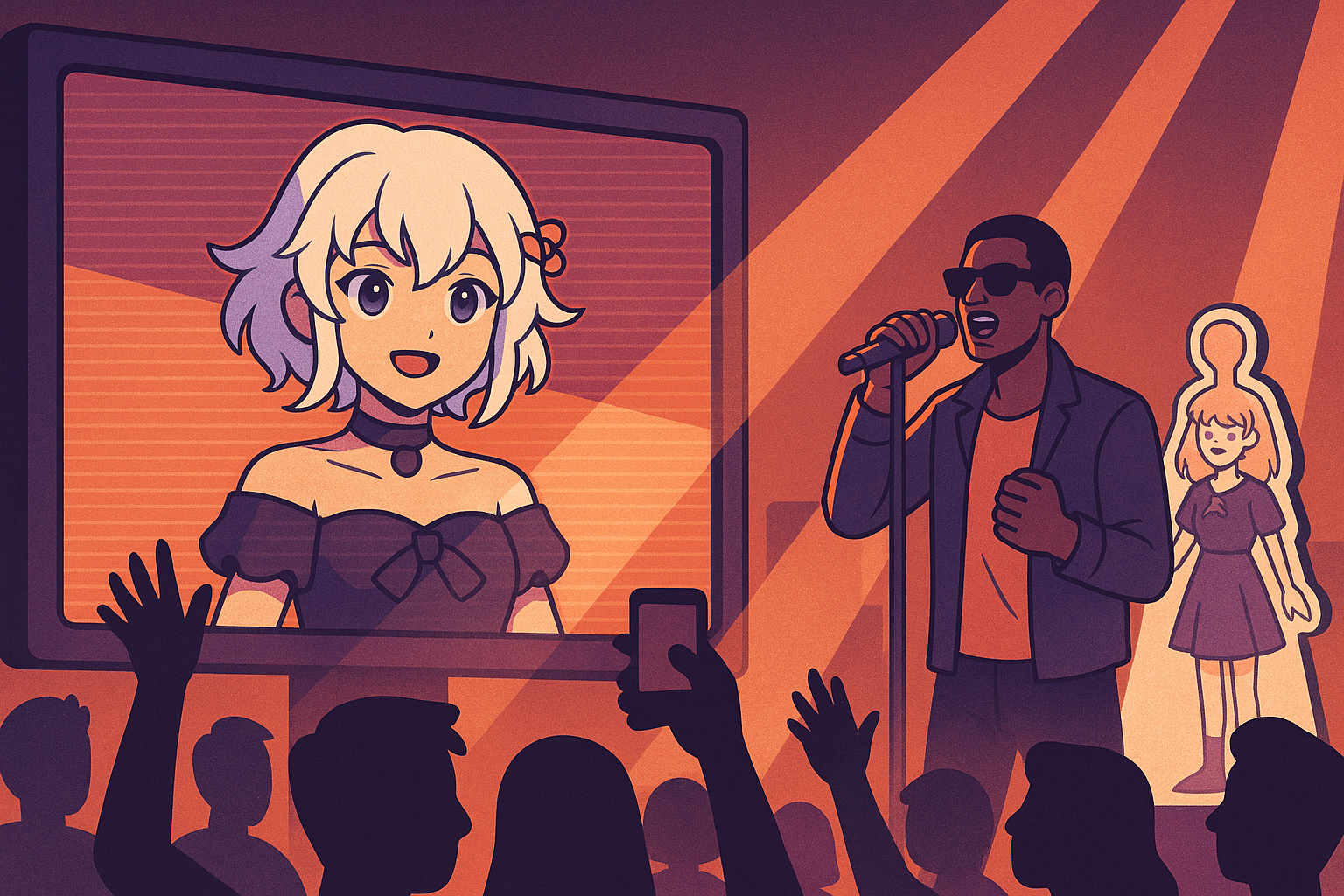
What Comes Next: AI Idols & Hybrid Fandoms?
We’re already seeing AI-generated influencers and holographic performers filling stadiums in Japan. What happens when a virtual idol co-headlines a tour with a chart-topping artist?
The next phase of pop culture icons may not walk a red carpet or hold a microphone. They might exist purely on your screen—but the fan reaction, the merch, the cultural imprint? All real.
And as long as fans have access to the content they love—wherever it’s streaming—they’ll be ready to show up, click, post, and remix it into the next big trend.
Final Thoughts
From stage to screen, from concerts to cosplay, the idea of a cultural icon has expanded. It’s no longer limited to musicians or traditional celebrities. Anime protagonists, with all their narrative depth and global reach, are standing shoulder-to-shoulder with music legends.
So the next time you see Attack on Titan visuals blasting behind a DJ booth, don’t be surprised. This is the future of pop culture—and it’s never been more connected.


